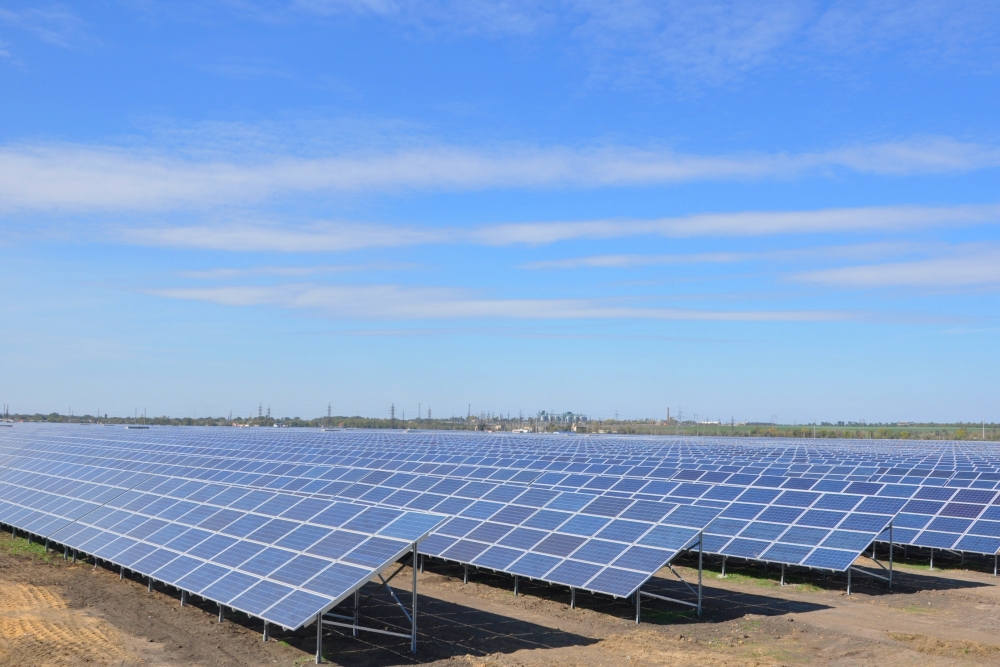Great Crested Newt Surveys on land proposed for Two Ground-mounted Solar Arrays – Suffolk
Client: Renewable Energy Developer
In 2013 Urban Edge Environmental were instructed on a number of Extended Phase 1 Habitat Surveys for a range of proposed renewable energy developments in Suffolk. Land within the site boundaries was predominantly under arable cultivation, but areas of rough grassland and a network of ditches and hedgerows were also present. More than 30 ponds were present within 500m of two proposal sites. Our initial reports recommended that surveys should be carried out to establish whether the ponds were used by great crested newts for breeding.
Approach
Following habitat suitability assessments a total of 22 ponds were scoped into the survey, being both accessible and sufficiently suitable to support breeding great crested newts (GCN)…


